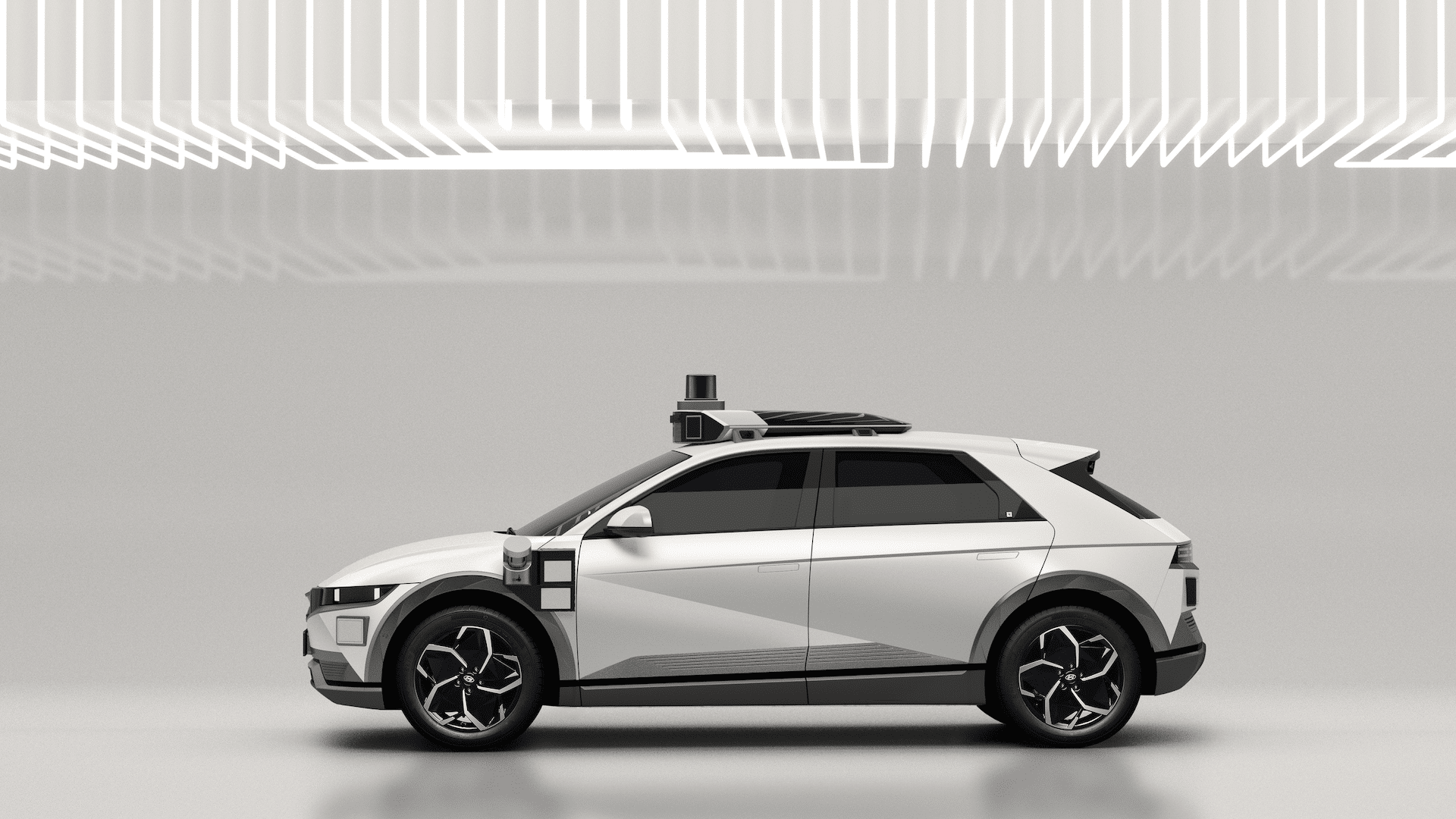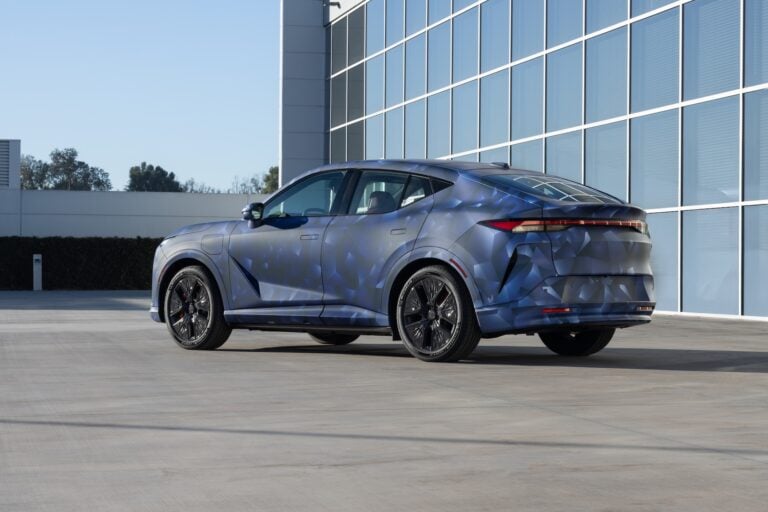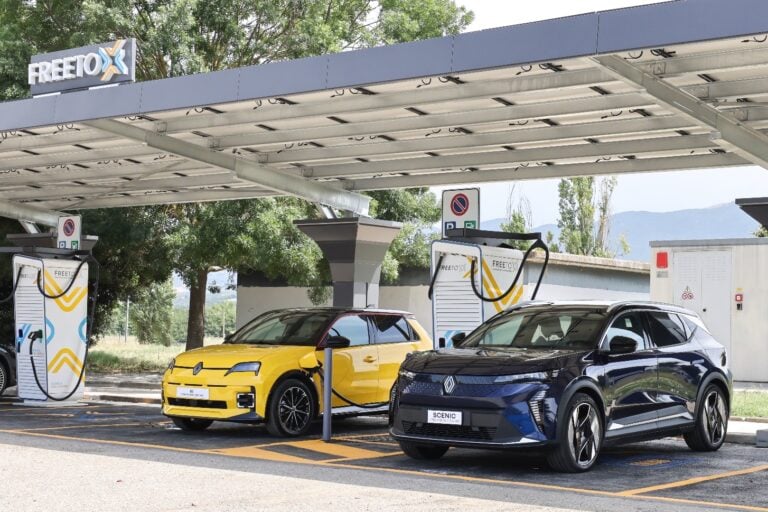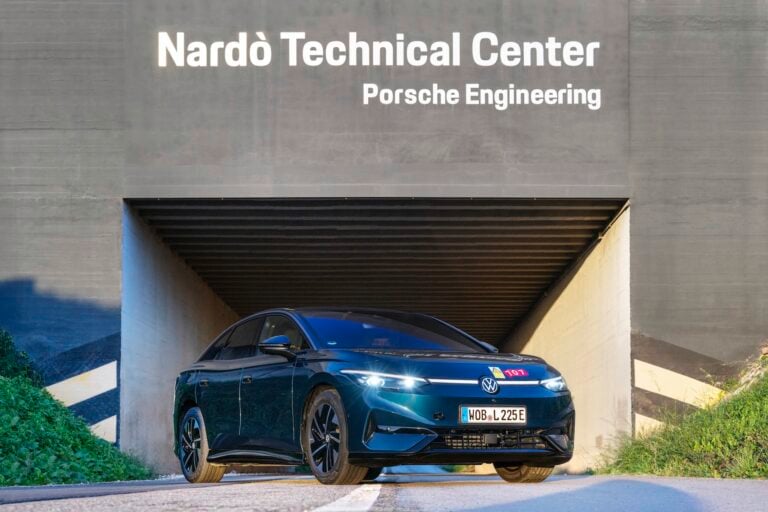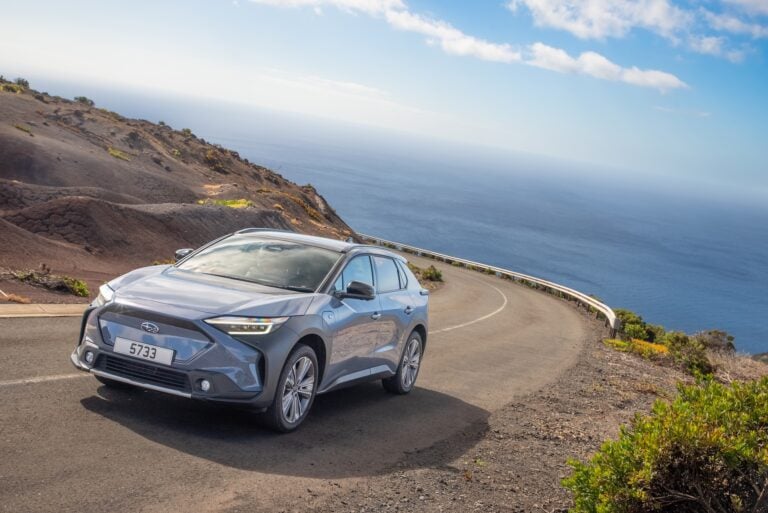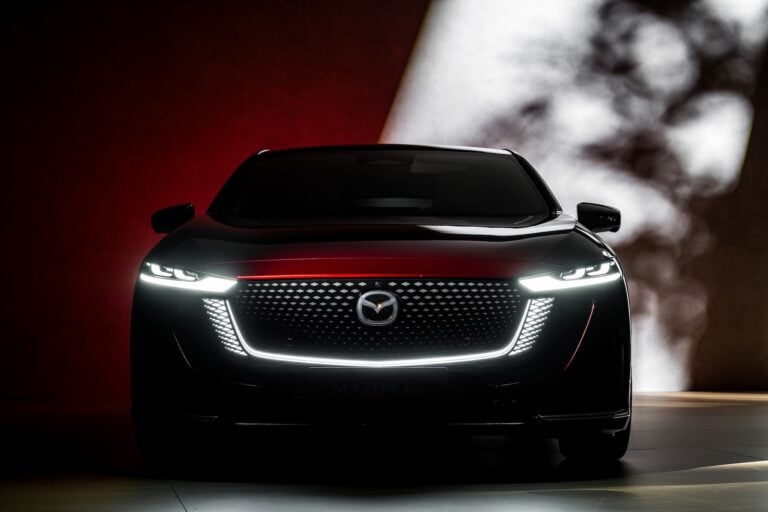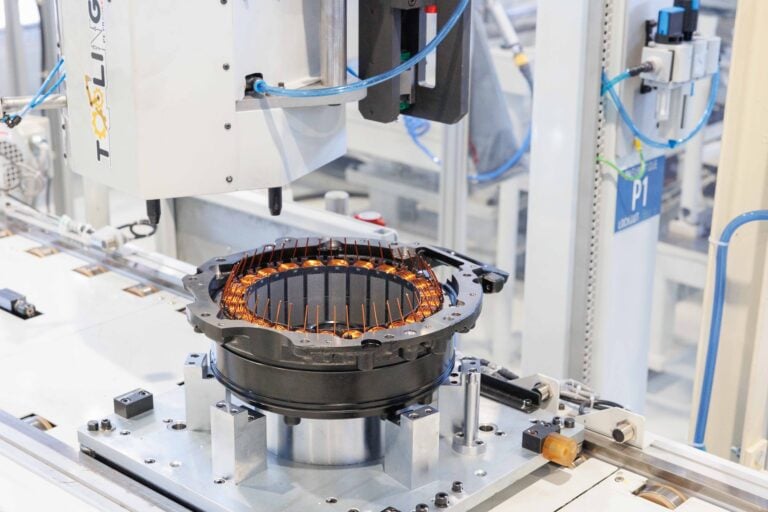Motional is on a mission to make driverless EVs a safe, reliable, and accessible option for all. A joint venture between automotive technology expert Aptiv and vehicle manufacturing leader Hyundai Motor Group uniquely positions the company to fundamentally change the way the world moves.
The EV Report recently connected with Rob Brown, Product Director, to learn more about how he and his company are working toward making its driverless, EV technology an everyday part of life.
What are the biggest benefits to robotaxi deployments? What impact will this technology have on society in the future?
At Motional, we’re making driverless vehicles a safe, reliable, and accessible reality. We know this technology has the potential to bring enormous benefits to society, including:

- Improved road safety. We know that the vast majority of accidents are caused by human error. Our cars are never drunk, drowsy, or distracted – and are smarter and more experienced than a human driver could ever hope to be. We’re going to make roads safer and as a result, save millions of lives.
- From a sustainability perspective, driverless vehicles have the potential to reduce the climate impact of transportation. According to the EPA, motor vehicles collectively cause 75% of carbon monoxide pollution in the U.S. as a whole, and up to 95% in cities. Motional’s next-generation robotaxi is a battery electric vehicle with zero emissions. Robotaxis can also contribute to a lower reliance on personally owned vehicles, helping to further reduce emissions. Motional conducted a study in Singapore that found that robotaxis could reduce the number of cars on the road by two-thirds.
- Lower reliance on personal vehicles also means the opportunity to reclaim public spaces that have been designated to cars, like parking lots or street spaces. We saw this start to happen during the pandemic with outdoor dining and the response has been incredibly positive. Our research found that over a third of Americans feel their communities benefited from repurposing outdoor spaces during the pandemic. AVs could make this much more widespread and permanent.
- Finally, we see robotaxis helping to generally improve quality of life for users by eliminating the stress of urban traffic, driving, and parking. We’re also adding time back to a passenger’s day, what would have been spent driving can now be used for work, socializing, or relaxing.
As we know, AV adoption relies heavily on public opinion. Where do you think the public’s perception currently stands and how do you plan to get reluctant users involved in Motional’s mission?
For the second year in a row, Motional commissioned a Consumer Mobility Report to help shed light on the general public’s awareness, understanding, and interest in AVs. An independent third party surveyed 1,000 people from across America, and a few things were made clear. Many respondents recognize that AVs are the way of the future. More than a third said they’d be willing to use a robotaxi down the road, and half believe driverless vehicles will be available in their communities within five years. Consumers also feel that AVs will help reduce some of the main causes of serious accidents such as impaired, distracted, drowsy, and aggressive driving. We’re encouraged by these findings and expect that interest will continue to increase as robotaxis become more of a reality for many people.
In terms of converting reluctant users, we’ve found that exposure is the best way to grow adoption. While consumers are more open to driverless technology than ever before, seeing is believing and this is technology few people have experienced. As we put more vehicles on the road, we’ll bridge the gap between the perception of this technology, and the reality of how positively and permanently it will change our lives through safer roads, more free time, and increased mobility.
We’ve already introduced hundreds of thousands of consumers to driverless technology through our public fleet in Las Vegas. The vast majority of those riders (98%) have rated their ride five-out-of-five stars, and we’ve had many repeat riders. The service has proven the consumer appetite for robotaxis and our ability to convert riders through safe, convenient, and comfortable autonomous rides.
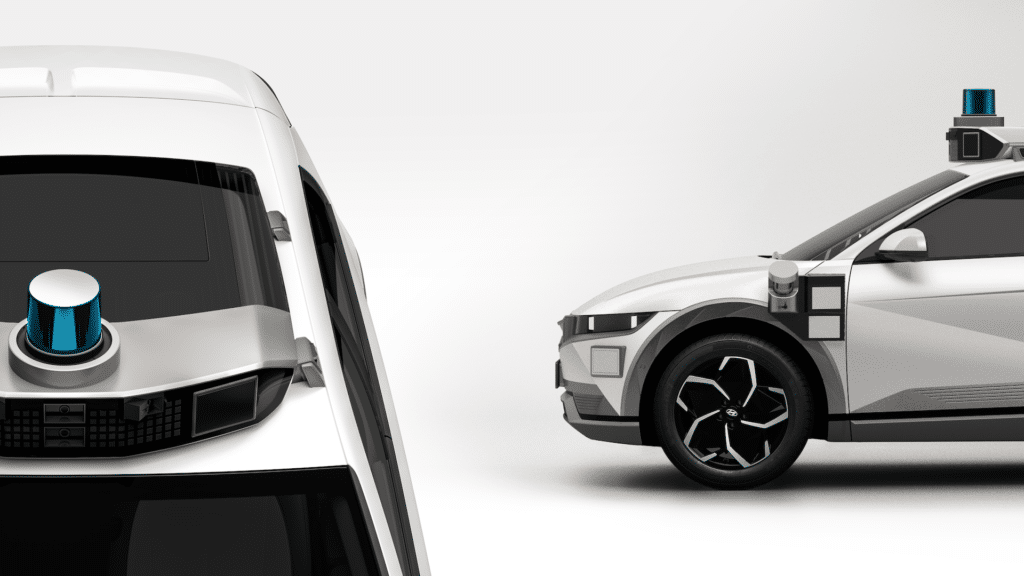
How is Motional currently preparing for the launch of its fully driverless service?
Starting in 2023, Motional’s fully driverless robotaxis will begin transporting public passengers in Las Vegas on the Lyft network. Our teams, in collaboration with Lyft, have been working for years to prepare for this launch.
Our preparations include testing and validating our next-generation robotaxi, the IONIQ 5 Robotaxi. We take a rigorous approach to our testing and safety process. We test on closed tracks and public roads in multiple cities and continents and put our systems through some of the most complex and unusual driving scenarios.
We’re also refining all aspects of the passenger experience in order to create a seamless end-to-end ride where the passenger is able to control their experience and communicate with the vehicle without a driver present. Next year, we’ll begin moving passengers as part of a soft launch. This will allow us to receive feedback from real passengers on the UX, test our pick-up and drop-off points, and more.
What steps have Motional & Lyft taken to ensure a successful user experience while utilizing the robotaxi service?
We recently unveiled our next-generation robotaxi, the all-electric IONIQ 5 robotaxi, which will be the vehicle used in our fully driverless service. Along with a spacious and comfortable interior, the robotaxi is equipped with a suite of rider-focused interfaces to allow passengers to intuitively interact with the vehicle during their ride, in lieu of having a driver present.
We had to solve for all of the various touchpoints where a passenger would normally engage with a driver, such as confirming it’s the correct vehicle or directing them to make a new stop. We designed the UX to replicate these touchpoints autonomously while being intuitive and familiar for passengers to use. We know that for many passengers this will be their first time in a driverless vehicle, and if any aspect of the ride is confusing or frustrating, they won’t want to use a robotaxi again.
As such, it’s vital that we consider every possibility to ensure every ride is completely seamless. For example, we created autonomous solutions for scenarios where a passenger’s phone dies, and they’re unable to signal the vehicle or unlock the doors via their mobile app. Another example of a common occurrence is a passenger forgetting a belonging in the backseat. In a traditional ride-hail, the driver would alert the passenger as they’re exiting. For our robotaxi, we have sensors that serve many functions, one of which is to recognize and alert a passenger if they’ve left something behind.
Our UX design is based on years of research conducted by our product and engineering teams, as well as first-hand learnings from our public fleet in Las Vegas. We’re confident we’ll deliver a superior driverless experience for passengers that are safe, comfortable, and convenient.
Click HERE to learn more about Motional

